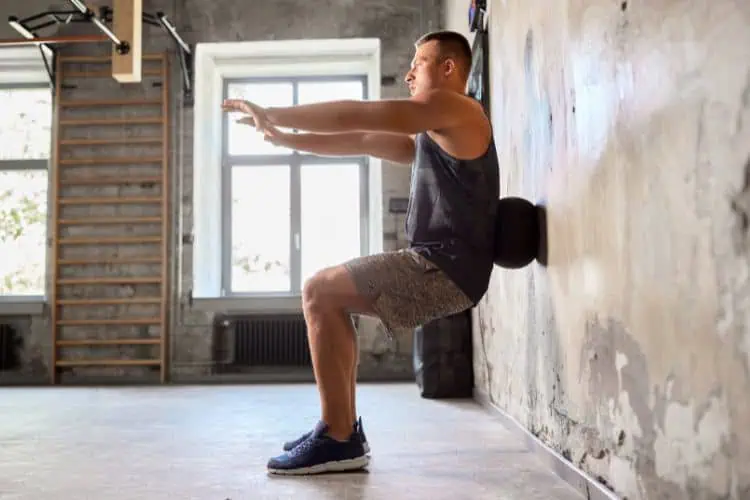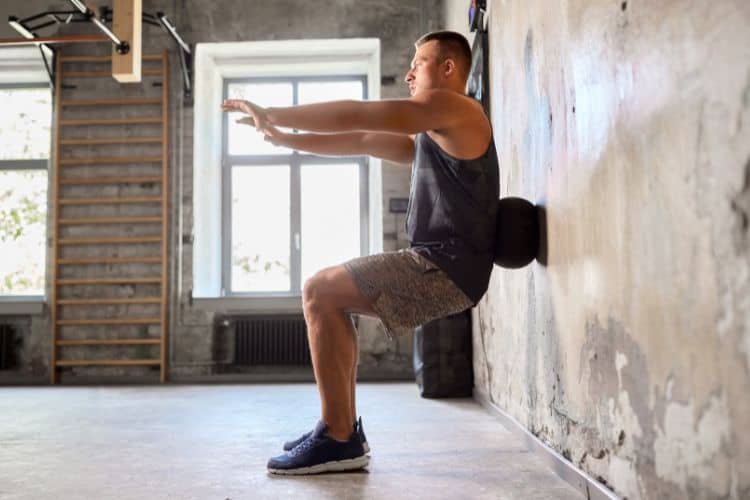
Strength training is an excellent way to build muscle, increase bone density, and boost overall health, regardless of age or fitness level. If you’re new to lifting, beginning with a structured, foundational program like the starting strength training routine can set you on the path to a stronger, fitter you. This article will guide you through the basics, benefits, and step-by-step approach to starting a beginner strength training routine.
What is Strength Training?
Strength training, also known as resistance training, involves exercises that contract your muscles against a resistance. It can include bodyweight exercises, free weights, or resistance bands, and is designed to improve muscular strength, endurance, and mass. Unlike aerobic exercise, which primarily boosts cardiovascular fitness, strength training targets the muscles, bones, and connective tissues.
Benefits of Starting Strength Training Routine
Strength training offers numerous health and fitness benefits:
- Increases Muscle Mass: Resistance exercises help to tone and build muscle, creating a stronger and leaner physique.
- Improves Bone Density: By adding stress to the bones, strength training helps in the prevention of osteoporosis.
- Enhances Metabolic Rate: More muscle means a faster metabolism, which aids in burning calories more efficiently.
- Boosts Mental Health: Strength training can improve mood, boost energy levels, and reduce symptoms of anxiety and depression.
Getting Started: Basic Principles of Strength Training
Starting a strength training routine can be intimidating, but it doesn’t have to be. The key to a successful program is to focus on compound movements, consistency, and gradual progression.
Understanding Compound Movements
Compound exercises work multiple muscle groups simultaneously, making them highly effective for strength building. Squats, deadlifts, presses, and rows are examples of compound exercises that should be the core of any beginner routine.
Importance of Progressive Overload
The principle of progressive overload involves gradually increasing the weight, frequency, or intensity of your exercises. This constant challenge is what helps muscles grow stronger. Beginners should start with lighter weights to learn proper form before moving on to heavier loads.
Setting Up Your Routine: The Starting Strength Training Plan
The beginner strength training routine we’ll cover is a 3-day-per-week plan, ideal for those who want to see results without overdoing it.
Key Exercises for Your Routine
The following exercises form the core of this routine. Each focuses on building overall strength and working major muscle groups.
- Squats: The king of all exercises, targeting your quads, glutes, hamstrings, and core.
- Bench Press: Primarily works the chest, shoulders, and triceps.
- Deadlift: Targets the entire posterior chain, including the back, glutes, and hamstrings.
- Overhead Press: Strengthens the shoulders and core.
- Barbell Rows: Builds the back, lats, and biceps.
Each workout day will include three of these core exercises, focusing on different muscle groups to prevent overuse and encourage balanced development.
Sample 3-Day Starting Strength Routine
This routine follows an “A/B” format, alternating between two workouts each week.
Workout A
- Squat: 3 sets of 5 reps
- Bench Press: 3 sets of 5 reps
- Deadlift: 1 set of 5 reps
Workout B
- Squat: 3 sets of 5 reps
- Overhead Press: 3 sets of 5 reps
- Barbell Row: 3 sets of 5 reps
Weekly Schedule Example:
- Monday: Workout A
- Wednesday: Workout B
- Friday: Workout A
The next week, alternate by starting with Workout B on Monday.
How to Perform Each Exercise In Starting Training Strength Routine
Knowing the correct form is essential for getting the most out of these exercises and preventing injuries. Below is a breakdown of how to perform each exercise with proper form.
Squat
- Stand with feet shoulder-width apart, barbell resting on your upper back.
- Keep your chest up, engage your core, and lower yourself by bending the knees.
- Go down until your thighs are at least parallel to the floor, then push through your heels to return to the standing position.
Bench Press
- Lie back on the bench with feet flat on the floor, grip the bar slightly wider than shoulder-width.
- Lower the bar slowly to your chest, keeping your elbows at a 45-degree angle.
- Press the bar back up until your arms are straight, without locking your elbows.
Deadlift
- Stand with feet hip-width apart, barbell close to your shins.
- Bend at the hips, grip the bar just outside your knees, and keep your back flat.
- Drive through your heels to lift the bar up, keeping it close to your body until you’re standing upright.
Overhead Press
- Stand with feet shoulder-width apart, barbell at your chest.
- Press the bar straight overhead until your arms are fully extended.
- Slowly lower it back to your chest, keeping your core engaged.
Barbell Row
- With feet hip-width apart, hinge at the hips and grip the bar slightly wider than shoulder-width.
- Pull the bar toward your lower chest, keeping elbows close to your body.
- Lower the bar back down, maintaining control and keeping your back flat.
Tips for Success in Starting Strength Training Routine
Start with a Warm-Up
Always begin with a warm-up to increase blood flow to the muscles and prepare them for lifting. A simple warm-up can include five to ten minutes of light cardio and dynamic stretches, followed by lighter sets of the planned exercises.
Focus on Form
When starting strength training, it’s essential to prioritize form over weight. Learning proper form helps avoid injury and ensures that you’re engaging the correct muscles. Consider working with a trainer to master each movement initially.
Rest and Recovery
Adequate rest between workouts is vital. Aim for at least 48 hours of rest between strength training sessions to allow muscles to repair and grow. Additionally, get enough sleep each night to support your recovery and overall performance.
Nutrition for Starting Strength Training Routine
Your body needs fuel to repair and grow muscles, making nutrition a crucial component of your strength training routine.
Protein Intake
Protein is essential for muscle repair and growth. Aim to consume 1.6 to 2.2 grams of protein per kilogram of body weight per day. Good protein sources include lean meats, fish, eggs, dairy, and plant-based options like beans and lentils.
Carbohydrates for Energy
Carbohydrates provide energy for your workouts. Complex carbs like whole grains, fruits, and vegetables offer sustained energy, helping you perform better and recover faster.
Hydration
Strength training increases your body’s need for water. Aim to drink plenty of fluids throughout the day, especially around workout times, to stay hydrated and perform at your best.
Tracking Your Progress For Starting Strength Routine
Log Your Workouts
Keeping track of your workouts is one of the most effective ways to stay consistent and motivated. Write down the weights, sets, and reps you complete for each exercise. This log allows you to see your progress over time and make necessary adjustments.
Monitor Your Body’s Feedback
Strength training requires listening to your body. Some muscle soreness is normal, but persistent pain may indicate an injury. Adjust weights or take extra rest days as needed to avoid overtraining.
Common Mistakes to Avoid With Starting Strength Routine
Skipping Warm-Ups
Jumping straight into heavy lifting can lead to injury. Always dedicate time to warming up your body before each session.
Lifting Too Heavy, Too Soon
Ego lifting—using weights that are too heavy—can compromise your form and lead to injury. Start with lighter weights to master each exercise and gradually increase as you become more comfortable and stronger.
Ignoring Form
Proper form is non-negotiable in strength training. Rushing through reps or performing exercises with poor technique can quickly lead to injuries that could have been avoided with proper attention.
Getting Stronger Every Day
A beginner starting strength training routine is an empowering first step toward improved fitness and health. By following a structured plan, focusing on compound movements, and committing to consistency, you can build a solid foundation that supports long-term strength and wellness.





